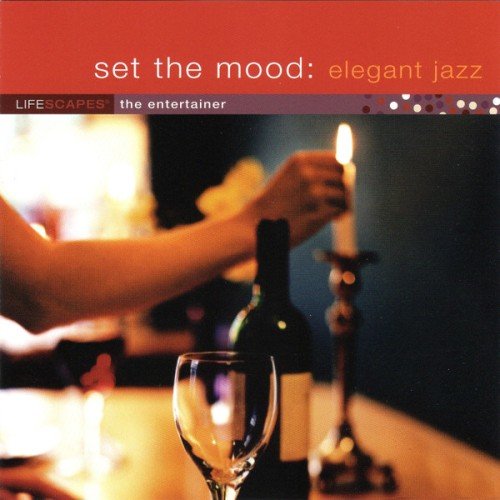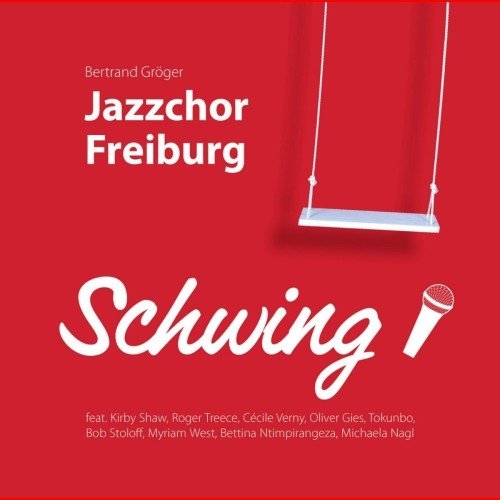Fin' Amor Ensemble - Codax: Cantigas de Amigo (2004)
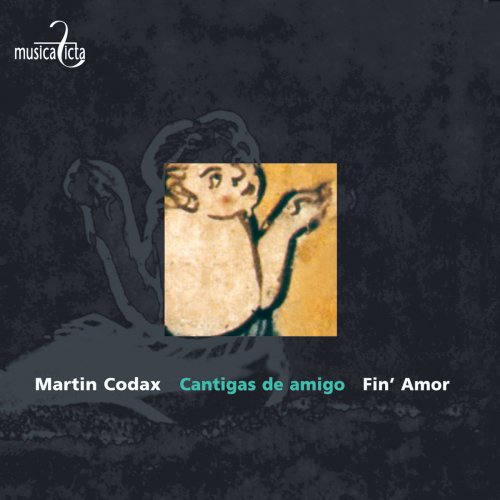
Artist: Fin' Amor Ensemble
Title: Codax: Cantigas de Amigo
Year Of Release: 2004
Label: Musica Ficta
Genre: Classical
Quality: FLAC (tracks+booklet)
Total Time: 73:18 min
Total Size: 304 MB
WebSite: Album Preview
Tracklist:Title: Codax: Cantigas de Amigo
Year Of Release: 2004
Label: Musica Ficta
Genre: Classical
Quality: FLAC (tracks+booklet)
Total Time: 73:18 min
Total Size: 304 MB
WebSite: Album Preview
01. Amigo, Se Ben Ajades
02. Fremosa a Deus Grado
03. Quand'eu Vejo las Ondas
04. Cantigas de Amigo: Ondas do Mar de Vigo
05. Cantigas de Amigo: Mandad'ei Comigo
06. Cantigas de Amigo: Mia Irmana Fremosa
07. Cantigas de Amigo: Ai Deus, Se Sab' ora Meu Amigo
08. Cantigas de Amigo: Quantas Sabedes Amare Amigo
09. Cantigas de amigo: Eno sagrado en Vigo
10. Cantigas de Amigo: Ai Ondas que Eu Vin Veere
Survival of the melodies that went with these poetic Cantigas de amigo (the reference is to the common description of the unattainable lady of courtly love poetry as a "friend") was only spotty; and performers have reconstructed them with varying degrees of freedom. Martin Codax was a poet and singer working in the Galician-Portuguese language, an Iberian counterpart to the French troubadours and trouvères. The language is not hard to parse out for those with some French or Spanish, and translations into French, Dutch, and English are provided on this Belgian recording. The texts are fairly conventional, if tortured, expressions of the themes of courtly love.
The sound of this realization of Codax's music is distinctive. The performers essentially state that they have opted more for inspiration with the sense of the music than for musicological guessing games, and the singing of single vocalist Carole Matras and the playing of the various instrumentalists is rhythmically free and highly expressive. The instrumentation chosen relies on the Arab influence present in Spain more so than do other recordings of Spanish medieval music (and here the performers do appeal to iconographical research). You will hear such instruments as the oud, the darabouka hard drum, and Middle Eastern-sounding viols, providing a sharp-edged sound that plays off the ethereal quality of Matras' singing; small flutes weave in and out, temporarily muting this contrast. Each song is presented with slightly different instrumentation, and one (track 4) features the extremely exotic sound of the chifonie, a type of hurdy-gurdy that produces a rain-stick-like introduction. Reactions to performances of music like this, which have a strong improvisational component, will be personal, yet most will find the passionate spirit of this realization appropriate and perhaps quite moving.
The sound of this realization of Codax's music is distinctive. The performers essentially state that they have opted more for inspiration with the sense of the music than for musicological guessing games, and the singing of single vocalist Carole Matras and the playing of the various instrumentalists is rhythmically free and highly expressive. The instrumentation chosen relies on the Arab influence present in Spain more so than do other recordings of Spanish medieval music (and here the performers do appeal to iconographical research). You will hear such instruments as the oud, the darabouka hard drum, and Middle Eastern-sounding viols, providing a sharp-edged sound that plays off the ethereal quality of Matras' singing; small flutes weave in and out, temporarily muting this contrast. Each song is presented with slightly different instrumentation, and one (track 4) features the extremely exotic sound of the chifonie, a type of hurdy-gurdy that produces a rain-stick-like introduction. Reactions to performances of music like this, which have a strong improvisational component, will be personal, yet most will find the passionate spirit of this realization appropriate and perhaps quite moving.

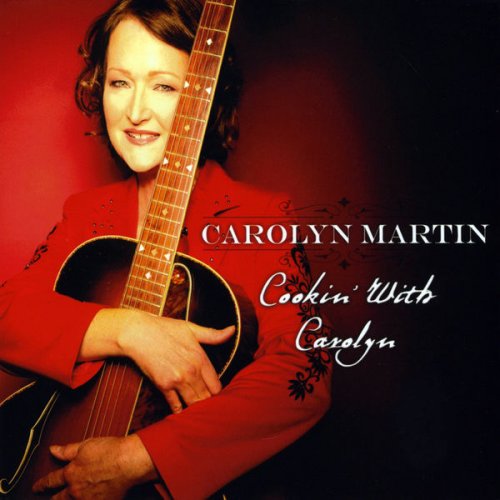
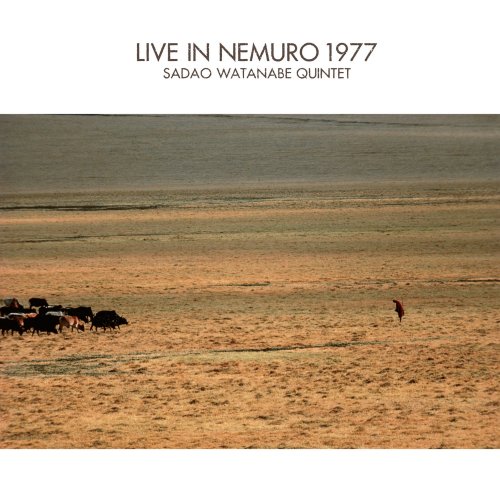
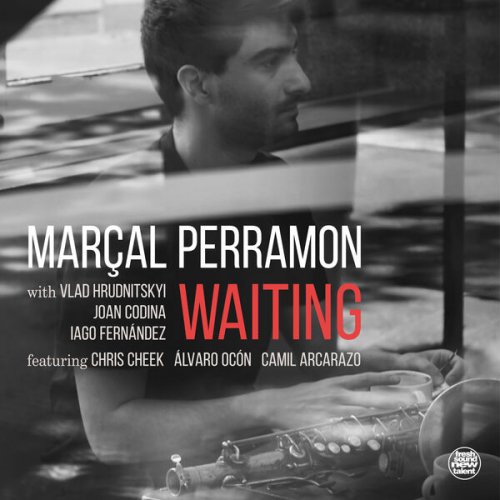
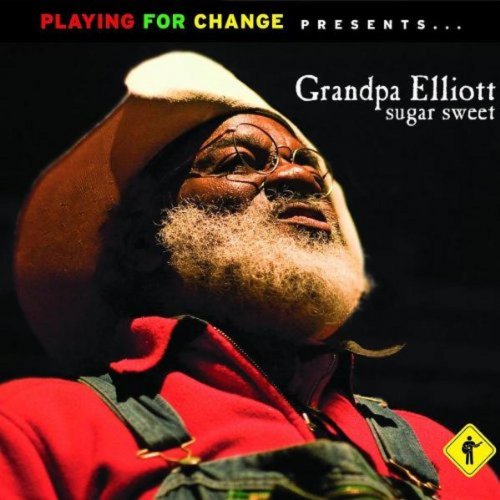
![Nectar Woode - Live at Village Underground (Live At Village Underground) (2025) [Hi-Res] Nectar Woode - Live at Village Underground (Live At Village Underground) (2025) [Hi-Res]](https://img.israbox.com/img/2025-12/15/eiazyx7yigt2lhbv1tcd3eos6.jpg)
